A crisis can disrupt the supply chain, causing unexpected shortages of essential items. While canned goods and bottled water are typical stockpiling targets, there are other less obvious foods that vanish quickly when panic ensues. These items, often overlooked, become highly sought after as people scramble to secure their family’s needs. Understanding which foods disappear first can help you better prepare for the unexpected. Knowledge of these items will allow you to plan effectively, ensuring you have a diverse and resilient supply ready, should disaster strike. Here are 12 unexpected foods that disappear quickly in a crisis.
1. Peanut Butter
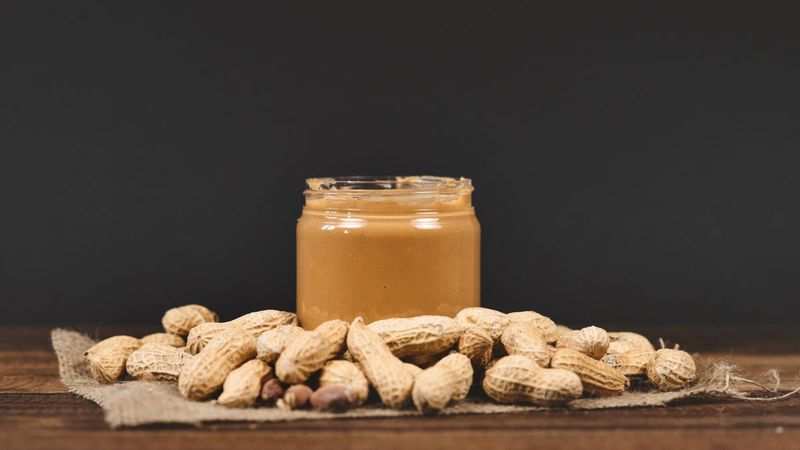
Peanut butter, beloved for its creamy texture and rich taste, becomes a hot commodity during a crisis. The high protein content and long shelf life make it a staple for many households.
Whether spread on bread or added to smoothies, its versatility is unmatched. In tough times, people gravitate towards this comfort food, seeking its familiar warmth and energy boost.
Did you know? Peanut butter was first patented by Dr. John Harvey Kellogg in 1895. This humble spread offers more than just flavor; it brings a piece of nostalgia to your pantry.
2. Instant Coffee
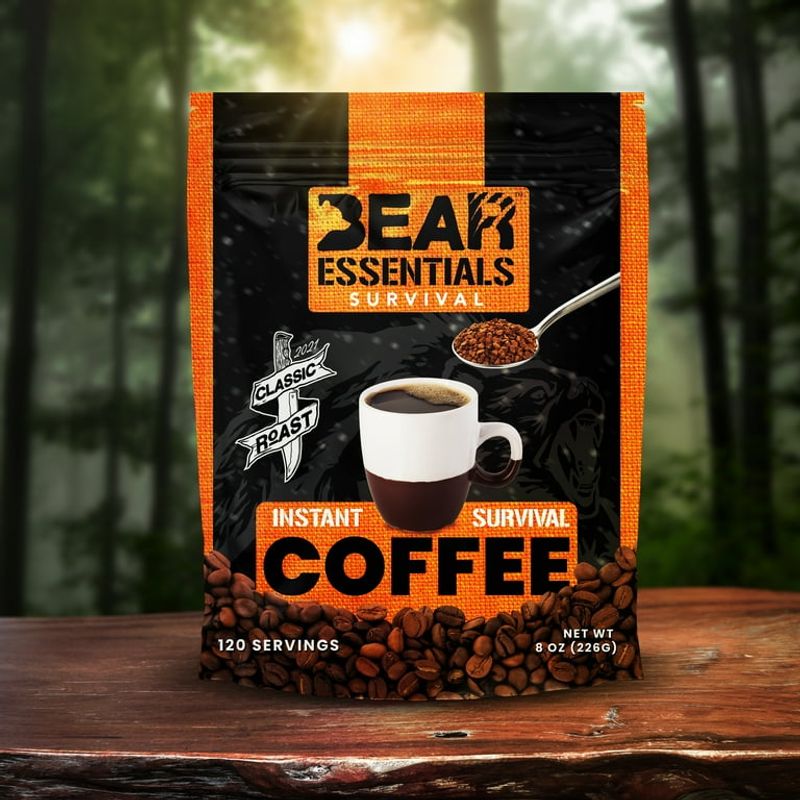
Instant coffee offers a quick caffeine fix, making it a favorite when access to fresh coffee beans is limited. Its instant preparation and lightweight packaging make it ideal for crisis situations.
During emergencies, a warm cup of coffee can provide comfort and a sense of normalcy. The aroma alone is enough to uplift spirits and bring a small moment of peace.
Fun fact: Instant coffee was invented by a Japanese chemist, Satori Kato, in 1901. It has since become a global staple, especially in times of need.
3. Oatmeal

Oatmeal is more than just a breakfast staple; it becomes a go-to in times of crisis. Its nutritional value, easy preparation, and long shelf life make it indispensable.
When fresh food is scarce, oatmeal provides a hearty meal option. Its ability to adapt to various flavors ensures it remains appealing.
Did you know that oats were cultivated as far back as 1000 BC? Their resilience and adaptability have made them a timeless choice for survival.
4. Canned Soup

Canned soup offers a quick and reliable meal solution, especially when cooking resources are limited. Its ready-to-eat nature and variety of flavors make it a prized item.
People appreciate the comfort of a warm bowl of soup during uncertain times. The convenience and nutrition it offers are unmatched in emergency scenarios.
Fun fact: The first condensed soup was created by Dr. John T. Dorrance in 1897, revolutionizing the way we consume soup today.
5. Rice

Rice stands as a staple food worldwide, and during a crisis, it disappears quickly from shelves. Its versatility and ability to stretch a meal make it highly valued.
Whether served as a side or the main dish, rice provides essential nutrients and energy. It pairs well with almost any ingredient, making it indispensable in tough times.
Did you know that rice cultivation dates back over 5000 years? Its enduring presence proves its worth in every pantry.
6. Honey
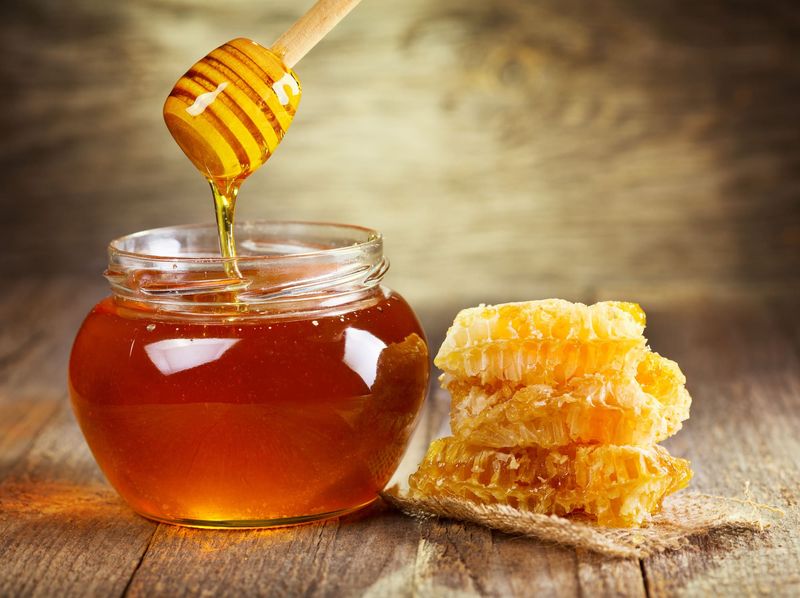
Honey, nature’s sweetener, becomes a precious commodity in a crisis. Its natural preservatives and infinite shelf life make it a must-have for emergencies.
Honey provides a natural energy boost and can enhance the flavor of many dishes. Its antibacterial properties also make it valuable beyond mere consumption.
Fun fact: Honey was found in ancient Egyptian tombs, still edible after thousands of years. This testament to its longevity ensures it’s a staple in crisis preparation.
7. Dried Beans
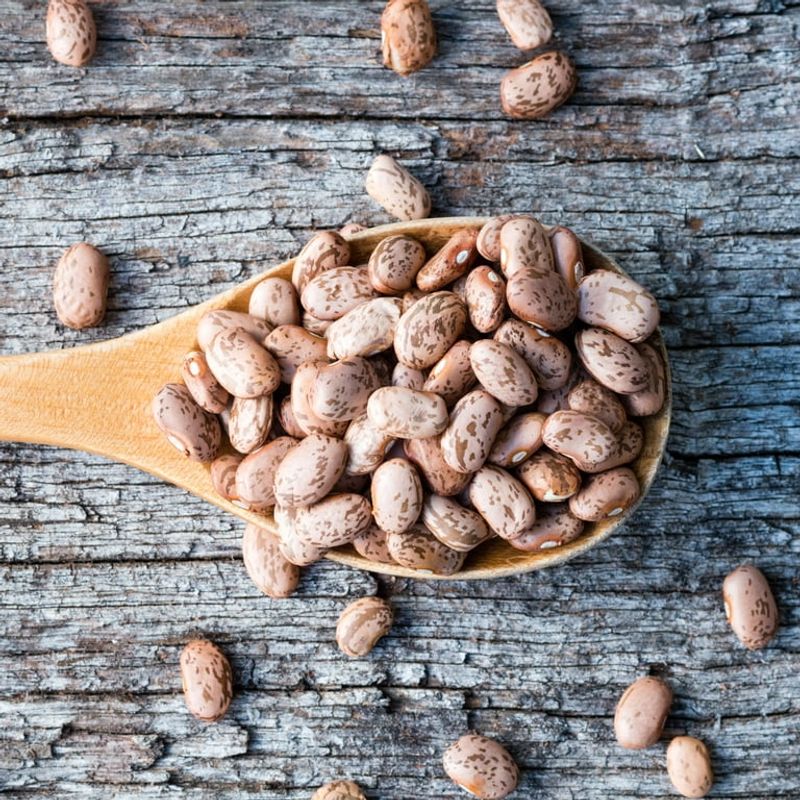
Dried beans are an essential part of any crisis pantry. They offer high protein levels and can be stored for long periods without spoilage.
When fresh protein sources are scarce, beans become a reliable substitute. Their ability to transform into various hearty dishes makes them a versatile choice.
Did you know? Beans have been cultivated since 7000 BC, proving their longstanding role in human survival.
8. Salt

Salt, the humble seasoning, becomes essential in a crisis. Its ability to enhance flavor and preserve food ensures it’s among the first to vanish from shelves.
Beyond its culinary uses, salt serves as a vital preservative, extending the life of perishables. It’s a small but mighty ally in tough times.
Did you know? Salt was once used as currency in ancient times, highlighting its historical significance and timeless value.
9. Canned Fish
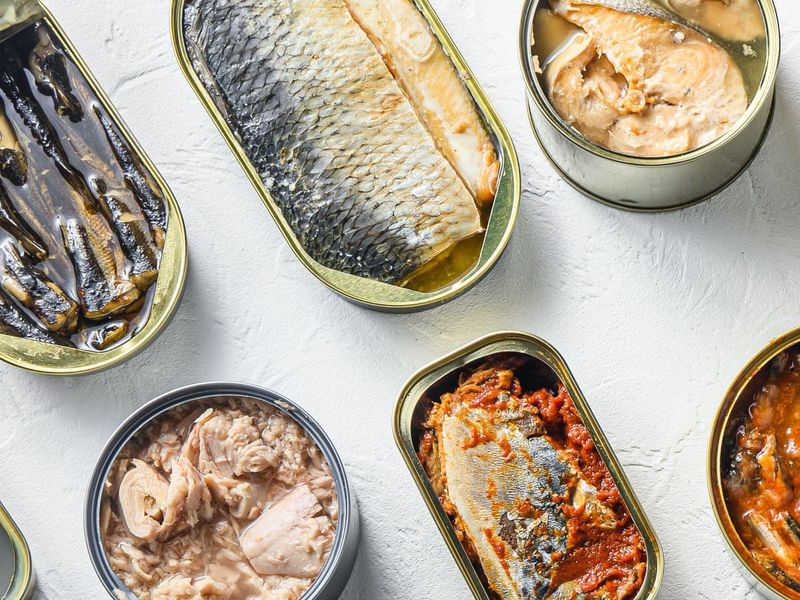
Canned fish delivers protein and omega-3 fatty acids, making it a prized item during crises. Its long shelf life and ease of preparation contribute to its popularity.
Whether mixed into a salad or served solo, canned fish offers nutritious meals when options are limited. It’s a reliable source of sustenance when fresh seafood is out of reach.
Did you know? Sardine canning began in the early 19th century in Brittany, France, providing a new way to preserve fish.
10. Pasta
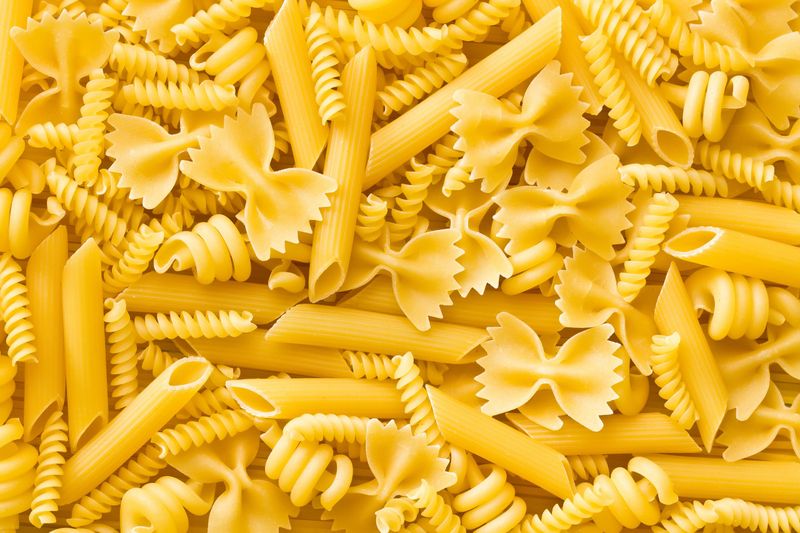
Pasta, beloved for its versatility, quickly disappears in a crisis. Its ability to transform into countless dishes makes it indispensable for many.
Cooking pasta is straightforward, and its compatibility with various flavors ensures it’s always a crowd-pleaser. It offers a satisfying and filling meal option when resources are tight.
Fun fact: The origins of pasta can be traced back to ancient China, long before it became an Italian staple.
11. Cooking Oil

Cooking oil becomes a foundational element during a crisis, serving both culinary and non-culinary purposes. Its ability to cook and preserve makes it highly sought after.
From frying to dressing salads, oil is a kitchen staple that elevates meals. In emergencies, it’s also used for lighting and heating, underscoring its versatility.
Did you know? Olive oil production dates back over 6000 years, showcasing its longstanding importance in human history.
12. Powdered Milk

Powdered milk provides essential nutrients and a taste of normalcy when fresh milk is unavailable. Its long shelf life and easy preparation make it a crisis favorite.
Families rely on it for everything from cereal to baking. The familiarity of milk brings comfort and sustenance when needed most.
Did you know? Powdered milk was first developed in 1832 by Russian chemist M. Dirchoff, revolutionizing dairy consumption.

